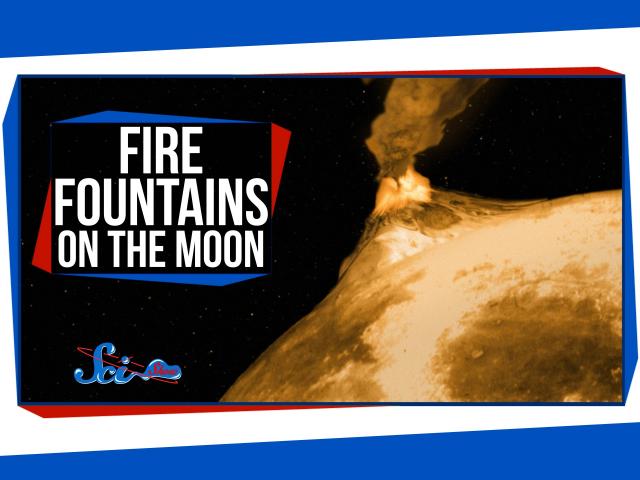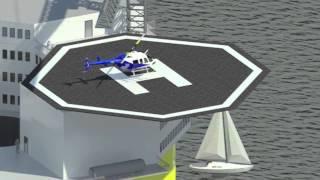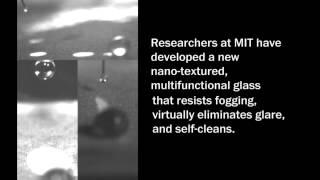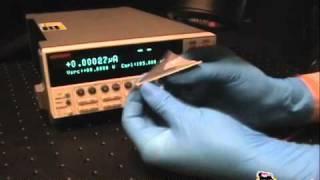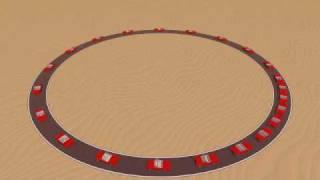Time Travel, Teleportation & Science
Time travel is the concept of moving between different points in time in a manner analogous to moving between different points in space, generally using a theoretical invention, namely a time machine. It has a commonly recognized place in philosophy and fiction, but has a very limited application in real world physics, such as in quantum mechanics or wormholes.
Although the 1895 novel The Time Machine by H. G. Wells was instrumental in moving the concept of time travel to the forefront of the public imagination, The Clock That Went Backward by Edward Page Mitchell was published in 1881 and involves a clock that allowed three men to travel backwards in time.[1][2] Non-technological forms of time travel had appeared in a number of earlier stories such as Charles Dickens' A Christmas Carol. Historically, the concept dates back to the early mythologies of Hinduism (such as the Mahabharata), Buddhism, and Islam through ancient folk tales. More recently, with advancing technology and a greater scientific understanding of the universe, the plausibility of time travel has been explored in greater detail by science fiction writers, philosophers, and physicists.
Teleportation, or Teletransportation, is the theoretical transfer of matter or energy from one point to another without traversing the physical space between them. It has a commonly recognized place in science fiction literature, film, and television, but as yet has a very limited application in real world physics, such as quantum teleportation or the study of wormholes.
Science (from Latin scientia, meaning "knowledge") is a systematic enterprise that builds and organizes knowledge in the form of testable explanations and predictions about the universe. In an older and closely related meaning, "science" also refers to a body of knowledge itself, of the type that can be rationally explained and reliably applied. A practitioner of science is known as a scientist.
In modern usage, "science" most often refers to a way of pursuing knowledge, not only the knowledge itself. It is also often restricted to those branches of study that seek to explain the phenomena of the material universe.
Source : Wikipedia
-
04:31
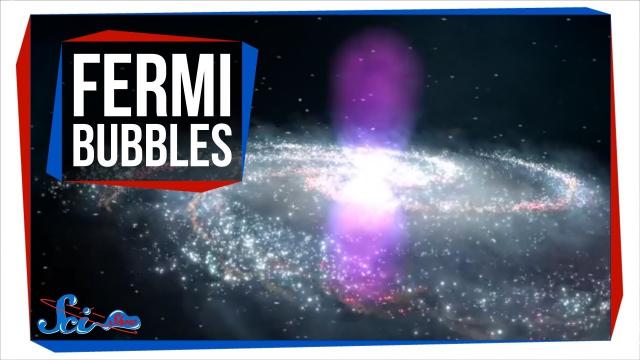
Fermi Bubbles: Our Galaxy's Giant, Gamma Ray Mystery
Added 541 Views / 0 LikesFermi bubbles are made up of gamma rays, but where they came from is still up for debate. Did they come from a star-forming region, or the black hole at the middle of our galaxy?For special, curated artifacts of this universe, check out https://scishowfin
-
02:06
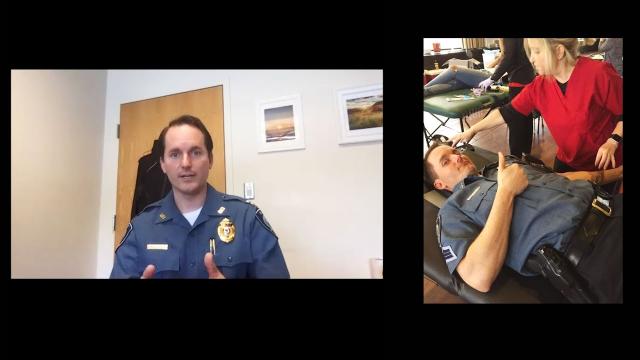
Finding ways to help
Added 497 Views / 0 LikesMIT Police Captain Andrew Turco has been back on campus while no one else is. He discusses how its surreal and strange, but says, "One of the best ways to feel normal. . . is to find a way to help." Learn about his efforts with the MIT Police blood drive
-
01:00
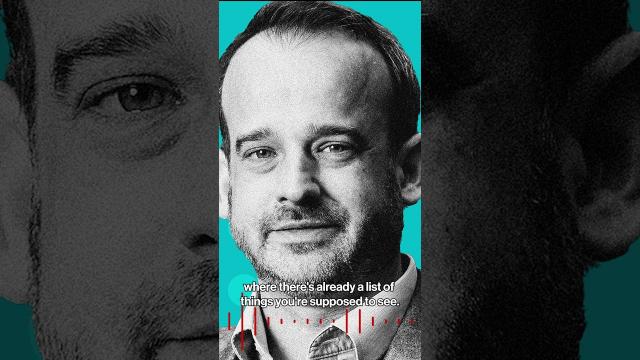
Fine-tuning our understanding of evolution
Added 164 Views / 0 LikesListen to the full episode: https://youtu.be/_ujgCZHxigw
-
05:22
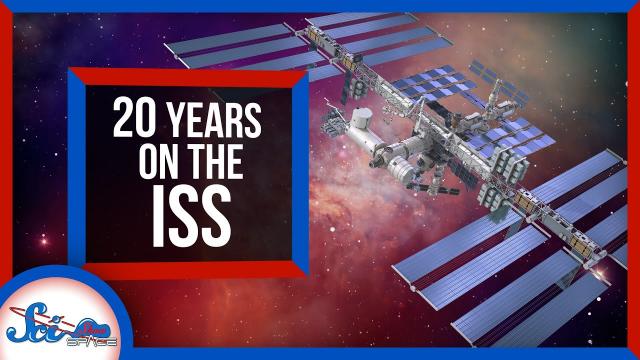
Fire, Lightning, and Crystals in Space: 20 Years on the ISS
Added 274 Views / 0 Likes2020 marks two decades of people living and working about the ISS, and from fireballs to microgravity grown crystals, they've been keeping busy.SciShow has a spinoff podcast! It's called SciShow Tangents. Check it out at http://www.scishowtangents.org----
-
06:00
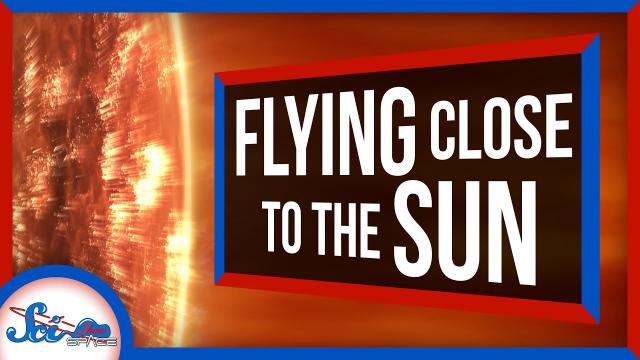
First Results from the Probe That Went to the Sun
Added 404 Views / 0 LikesScientists have revealed the results of the Parker Solar Probe’s first two flybys of the Sun, and LIGO has a new instrument called the quantum vacuum squeezer!Hosted by: Caitlin HofmeisterSciShow has a spinoff podcast! It's called SciShow Tangents. Check
-
11:16
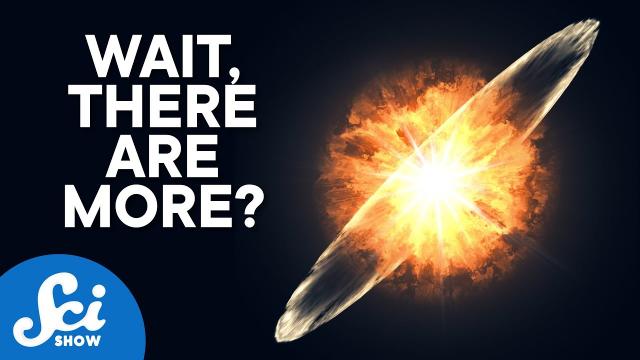
Five Of The Biggest, Baddest Supernova Varieties
Added 177 Views / 0 LikesHead to https://complexlycalendars.com/products/scishowspace to buy your 2023 SciShow Space calendar today!Supernovae are only rare to the passive stargazer, but if you’re an astronomer studying them, you get to see some of the most brilliant explosions i
-
03:28
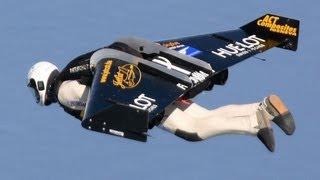
Fly Like Superman: Science Friction Ep 3
Added 937 Views / 0 LikesYou've waited long enough for your jetpack. On this episode of Science Friction I break down the different ways you can achieve personal flight just like Superman. Each episode of Science Friction tells you how to achieve a different super power using the
-
1:18:00
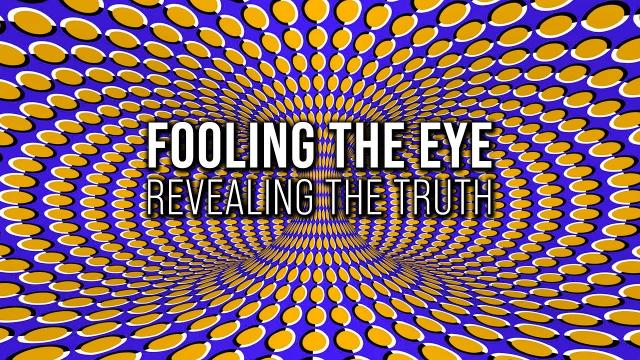
Fooling the Eye: Revealing the Truth
Added 227 Views / 0 Likes#briangreene #illusions #scienceVisual illusions, from magic tricks to images that have sparked internet feuds, are providing scientists with evolving insight into the complex act of seeing. Illusions play with the way our eyes and our brains work togethe
-
04:11
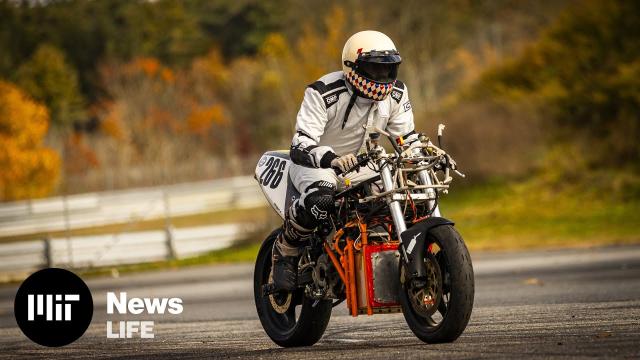
For the love of speed: Building a hydrogen-powered motorcycle
Added 138 Views / 0 LikesMIT’s Electric Vehicle Team, which has a long record of building and racing innovative electric vehicles, including cars and motorcycles, in international professional-level competitions, is trying something very different this year: The team is building
-
03:22

Forces Frozen: Structures made from frozen fabrics
Added 801 Views / 0 LikesForces Frozen: Structures made from frozen fabrics
-
06:15
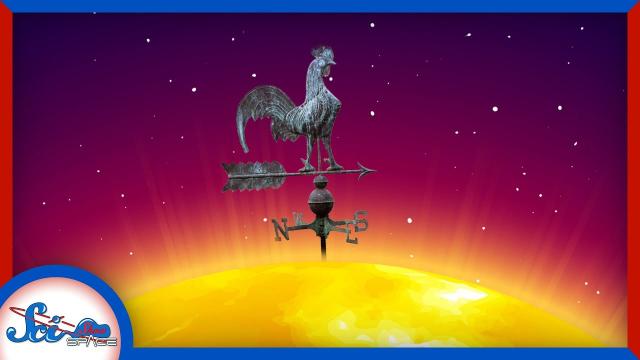
Forecasting the Weather...on the Sun
Added 209 Views / 0 LikesThe sun is beginning a new weather cycle, causing debate among scientists about how intense things are going to get, and elsewhere, scientists are looking into just how fluid our early universe was.SciShow has a spinoff podcast! It's called SciShow Tangen
-
03:09
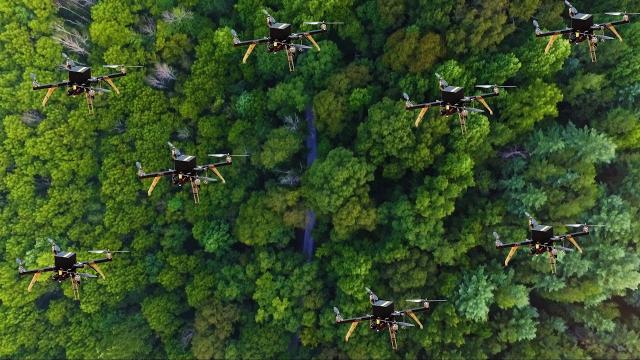
Forest search-and-rescue
Added 501 Views / 0 LikesA group of researchers from MIT and the NASA Langley Research Center has developed an autonomous system for a fleet of quadrotor drones that enables them to search collaboratively under dense forest canopies using only on-board computation and wireless co

